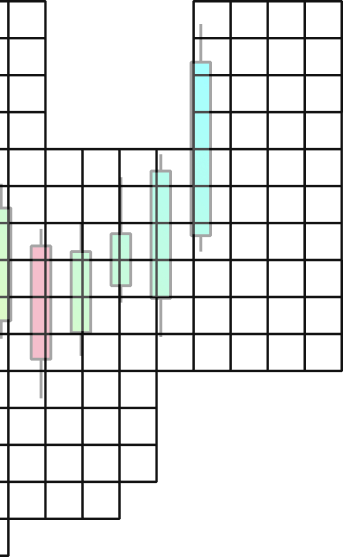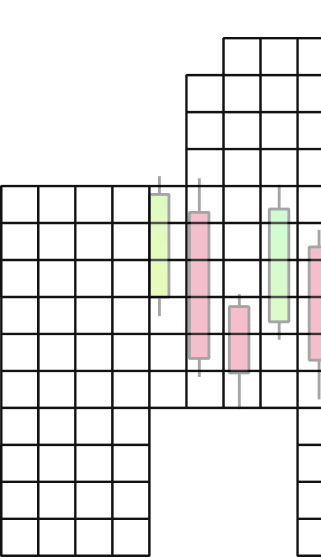Understanding Risk Management in Trading: The Key to Long-Term Success


Introduction
In trading, everyone wants to talk about profits — but professionals focus on risk.
Ask any seasoned trader, and they’ll tell you: protecting your capital is more important than making quick money. Whether you trade forex, stocks, crypto, or commodities, mastering risk management is what separates long-term winners from those who burn out early.
In this blog, we’ll break down the core principles of risk management in trading, including position sizing, stop-loss usage, and emotional control — all explained in plain language.
What Is Risk Management in Trading?
Risk management is the process of identifying, assessing, and controlling the risk of loss in your trading activity. It includes tools and techniques that help minimize the impact of losing trades on your total capital.
It’s not about avoiding losses — it’s about surviving losses and staying in the game.
Why Is Risk Management Important?
- No strategy is 100% accurate — even the best traders lose sometimes.
- Without proper risk controls, a few bad trades can wipe out your account.
- It allows you to trade consistently without emotional decision-making.
Key Components of Risk Management
1. Position Sizing
Don’t bet the farm on one trade. Decide how much of your capital to risk per trade.
Rule of Thumb: Never risk more than 1-2% of your total account balance on a single trade.
2. Stop-Loss Orders
A stop-loss order automatically exits your position when the price hits a predetermined level, limiting your loss.
Example: If you enter a trade at ₹100 and place a stop-loss at ₹95, your maximum loss is ₹5 per unit.
3. Risk-Reward Ratio
Always aim for a risk-reward ratio of at least 1:2. This means if you risk ₹100, your target should be ₹200 or more.
This ensures that even if you lose more often than you win, you can still be profitable.
4. Diversification
Don’t put all your money in one market or asset. Spread your capital across different instruments to reduce exposure.
5. Use of Leverage
Leverage amplifies both gains and losses. Use it carefully, especially if you’re a beginner.
High leverage can destroy your capital quickly if not managed with tight stops and proper position sizing.
Emotional Risk Management
Trading psychology is just as important as technical setups.
Common psychological pitfalls:
- Revenge trading after a loss
- Overconfidence after a big win
- FOMO (Fear of Missing Out)
- Panic-selling
Solution: Follow a structured trading plan and maintain a trading journal to track decisions and emotions.
Example of Good Risk Management
- Capital: ₹50,000
- Risk per trade: 1% = ₹500
- Stop-loss: ₹5 per share → Buy only 100 shares
- Target: ₹10 per share (2:1 reward-to-risk)
Even with 4 losing trades and 2 winners, your capital is protected and potentially growing.
Quick Tips for Better Risk Management
- Use a demo account to test your strategy
- Never increase your trade size to chase losses
- Stick to your predefined stop-loss and targets
- Review your trades weekly for patterns and mistakes
- Don’t trade emotionally — trade based on logic and data
Conclusion
Risk management isn’t the “fun” part of trading, but it’s the part that ensures you last long enough to be profitable.
Think of it like wearing a seatbelt. You may not need it every day, but when things go wrong, it can save everything.
The goal isn’t to avoid losses — it’s to limit them, learn from them, and keep moving forward.


Start trading in 3 simple steps
1
Quick Registration
Sign up with just an email and phone number.
2
Deposit Instantly
Super-fast deposits via UPI or bank transfer.
3
Start Trading
Start trading in seconds on global exchanges.
Contact Our Team




